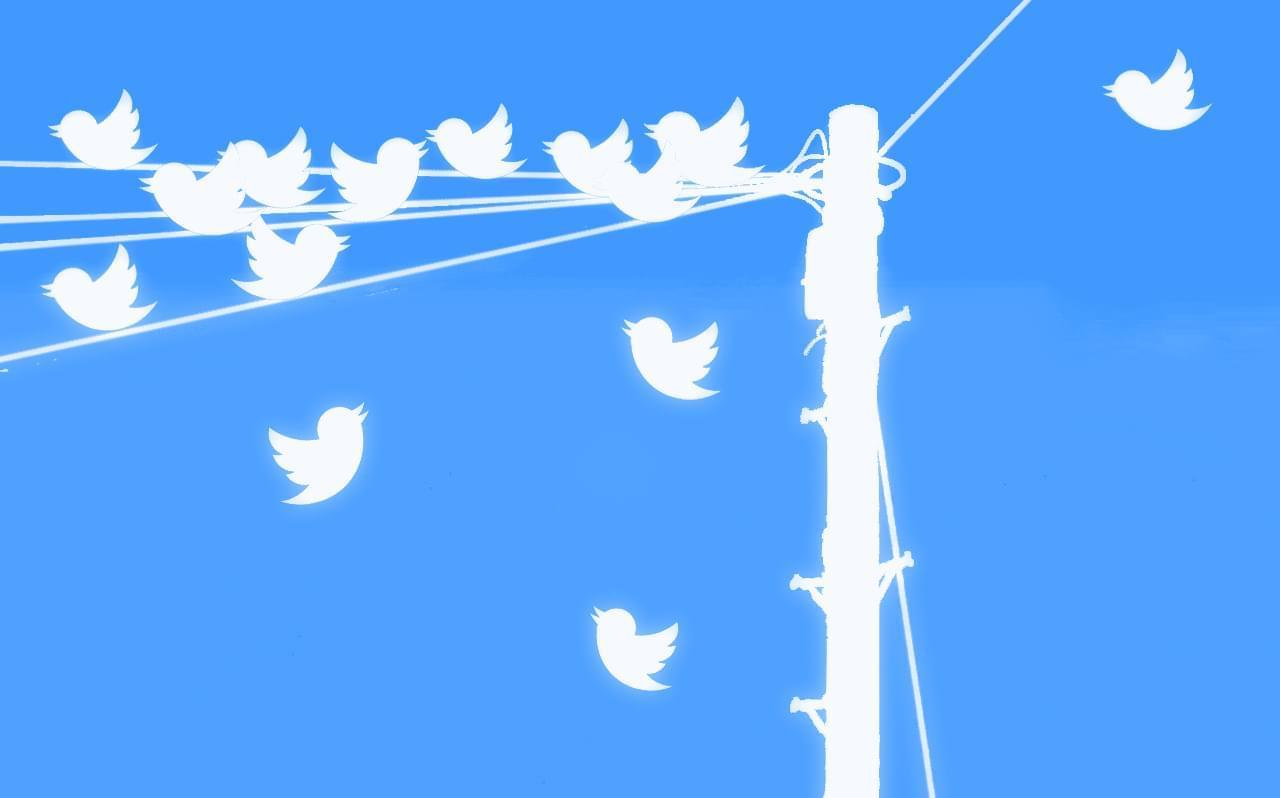A large amount of Twitter's rise to fame is owed to celebrity usage. Prior to Twitter, mass communication with the world's most famous and feted people was only available indirectly via traditional media. With most interviews being carefully controlled the general public only ever saw the carefully styled public persona of a celebrity and not the real person. Twitter changed all that by allowing direct, and importantly, two way interaction between celebrities and the general public. The appeal of this newfound closeness had people flocking to Twitter in their droves. Celebrities (or more likely their managers and agents) saw Twitter as a good way to boost their public profiles and now almost all noteworthy public personas have a Twitter account.
But the unique selling point of Twitter to the public has turned out to be a hazard for celebrities. Twitter gives us the chance to see the real character of celebrities, which isn't always quite as wholesome and polished as their PR managers would like. Professional footballers are a good example of this with Wayne Rooney (6.8 million Twitter followers - Wayne Rooney offers to fight Liverpool FC fan via Twitter), Ashley Cole (1 million Twitter followers - Ashley Cole swears at the Football Association in a Twitter rant) and Joey Barton (2.3 million Twitter followers - Joey Barton calls Paris St Germain defender Thiago Silva an "overweight ladyboy" in a Twitter rant) all making the front rather than the back pages of newpapers due to Twitter outbursts.
On the back of the celebrity surge companies also opened up official Twitter accounts in their masses. The appeal of Twitter to famous companies is much the same as it is to famous people, and the same drawbacks still apply. For example a Starbucks publicity campaign using Twitter was hijacked by Twitter users angered by the firm's UK tax arrangements. This has led to many companies creating the position of 'Social Media Coordinator' within their Marketing departments. One of the responsibilities of this role is to curate the company Twitter account and make sure the publically presented image is in line with the desired brand image.
Anecdotally I have heard from friends that if you ever have cause to complain, Tweeting to a company's Twitter account yields a far faster and more helpful response than contacting the Complaints department. This makes sense for a number of reasons:
- The complaint is in the public domain so garners much more exposure.
- The Marketing department running the Twitter account are likely to be more receptive than the battle hardened Complaints department.
- Complaints reach the company immediately and don't sit in an unseen queue.
In the heat of the moment after a recent bad travel experience I thought I'd put this theory to the test. I sent a tweet at 1:54am whilst stuck at Heathrow Airport waiting for a cab to come and pick us up for the £70 journey back home. Lo and behold the next day I received the following:
This was a surprisingly quick turnaround and unlike other times I have had to complain to a company this was really quick and easy to do.
A Twitter search for '#BadService' shows I am not alone in this approach. So perhaps in due course there will be a steady shift towards social media when complaining to a company? From my experience I would definitely recommend using Twitter the next time you have cause to complain.

